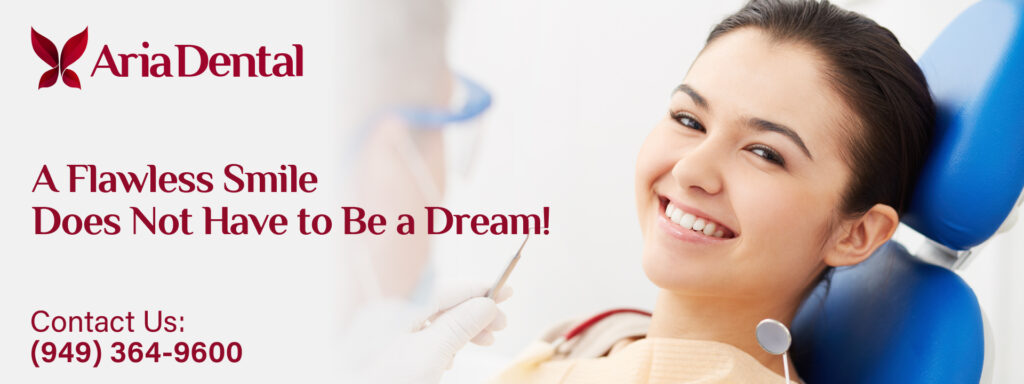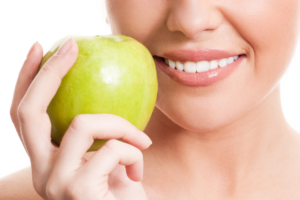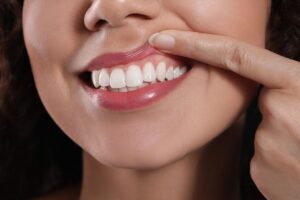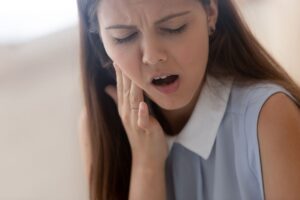If you don’t know what a palatal expander is, how it works, or why you might need it, this article is for you. Here, we are going to explain everything about this orthodontic treatment and its effect on several types of bad bites and narrow upper jaw. Are you ready? Let’s start.
What Is an Orthodontic Palatal Expander?
An orthodontic palatal expander is a device that fits in your upper jaw and pushes the jawbone to correct bad bites in children. However, teenagers and adults might also benefit from this orthodontic device.

Who Needs It?
Your orthodontist will give you expander braces if you have one of these problems:
Crossbite
Crossbite occurs when the upper jaw is much narrower than the lower jaw, so the lower teeth are outside the upper teeth. If this is not treated, teeth wear, or constant jaw and TMJ pain are going to bother you in the future.
Crowded Teeth
Crowded teeth happen when your upper jaw is too narrow, and your permanent teeth don’t have enough space to grow in the correct places. Visiting an orthodontist before age seven is recommended so that crowded teeth can be prevented altogether.
Impacted Teeth
Impacted teeth happen when a permanent tooth is stuck before eruption. With the help of a palate expander, you help that tooth to come through and prevent further and more serious procedures.

How Does Palatal Expander Work?
To understand how expanders work, you must know a little about oral anatomy. On the roof of our mouth, a suture connects two parts of the palate. An expander is placed in the middle of the palate, pushing the two parts to make it wider. When that happens, the jaw bone fills the space created by the expander.
What Are the Palatal Expander Types?
There are several palatal expander types, but here are the four common types you need to know about:
Removable palate expander
As the name suggests, you can think of this type of expander as a retainer. This type is usually used when you only need a little widening in the upper jaw.
Rapid Palate Expander
A rapid palate expander sits on the roof of your mouth and gets fixed to the back of your upper teeth. A key in the middle of the expander turns tiny screws to the palate and, over time, makes your palate wider. It is called rapid because this expander widens your jaw by half a millimeter each day so that you can see the result in three to six months.
SARPE
SARPE, or Surgically Assisted Rapid Palate Expander, is an expander often used for moderate to severe cases or adults, and a surgeon installs it. Its function is just like rapid extenders. It gets tighter every day till it gets to the desired result.
Implant-Supported Palate Expander
This type of expander forces four dental implants to widen the palate. But for this expander, your orthodontist will need the help of a surgeon to place the implants.
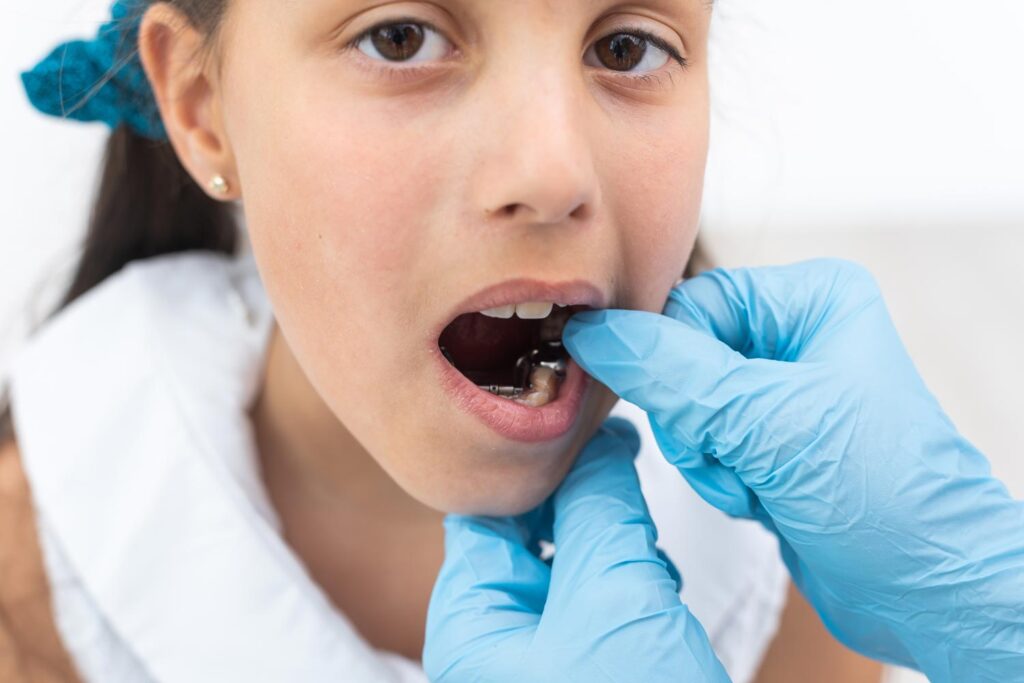
Does a Palatal Expander Hurt?
Not really; you might experience a little discomfort which is quite literally the growing pain. It will be worth it because this discomfort comes from the expander pushing the palate. You can also use over-the-counter pain relievers if you aren’t in the mood for the pain.
How about Palate Expander Facial Changes?
These expander braces make no facial change. They widen the upper jaw, which doesn’t affect your appearance much. However, the procedure will help with your breathing, improving the nasal cavity.
How Do I Take Care of a Palatal Expander?
Taking care of your expander is easy. It would be best if you practice good oral hygiene. Gently brush your expander the same way you brush your teeth in the morning, after every meal, and before bed. It is also recommended to avoid hard, chewy, sticky, or crunchy food.
How Long Do I Have to Keep It in?
It really depends on your age and your dental condition. If placed for an adult, the expander might take months to work. Also keep in mind that even after you reach your goal, you’re still advised to keep the expander in for a couple of months to give your jawbone time to fuse.
Are There Any Risks or Complications?
Overall, this treatment does not pose any risks. However, you might still experience complications or side effects such as:
- Drooling;
- Lisping;
- Headaches;
- Mild pain;
- Teeth spacing; and
- Bad taste or smell
Do You Want to Know More?
In this article, we talked about palatal expanders so you can make a conscious decision regarding your orthodontic treatment. If you are looking for a dentist in Orange County, CA, we would like to introduce Aria Dental Care. Aria Dental offers a variety of holistic and biological dental services. Our top doctor, Dr. Maryam Horiyat, DDS., is certified in orthodontics, ensuring a safe orthodontic procedure for our clients. Don’t hesitate to contact us if you have any questions or concerns.
